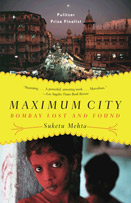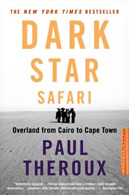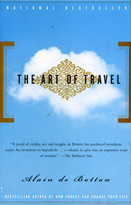

The first impressions we got were of a pristine, primitive Hawaii. LanChile is the island's sole carrier, and it only operates a twice-weekly flight (as a stopping point between Tahiti and Santiago); the airport is all of two large rooms, including the open-air baggage claim. The tourist industry, such as it is, is pretty low profile. Though there's a luxury hotel somewhere on the island, every other hotel is of the informal family-owned variety (ten rooms or less, eat breakfast & socialize with the owners in their kitchen, etc).
Our small hotel was owned by a Rapanui woman and her Australian husband. I mentioned to them how I felt like I was in a Polynesian time capsule; they told me they have many Hawaiian visitors who believe Easter Island closely resembles the pre-WW II, pre-statehood Hawaii.
The Rapanui language, similar to both Hawaiian and Maori, is in common usage and seems to be preferred to Spanish (both Rapanui and Spanish are official languages). Most streets here are potholed dirt roads; walls and fences are made of lava rock; corrugated metal roofs are red with rust and obscured by giant palm tree leaves. Chickens and horses wander the streets (we saw a few near-accidents between cars and horses); the horses are relaxed and obviously well cared-for; everyone knows which animal belongs to which ranch so nobody seems to bother locking them up.





The island’s only town, Hanga Roa, shuts down during the late afternoon heat (they've happily adopted Chile’s "siesta schedule") but comes alive later with bustling cafes and restaurants, busy till way after midnight. The monumental moai heads are everywhere, in various states of decay or restoration. They're an incredible & intimidating sight, an unexpected presence as you come around a corner or over a hill. But they soon become strangely comforting and familiar, like benevolent sentries looking out over the island. Each one takes on it's own personality; they're endearing mascots to the locals.







No comments:
Post a Comment